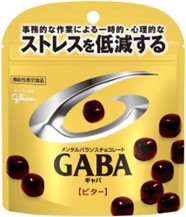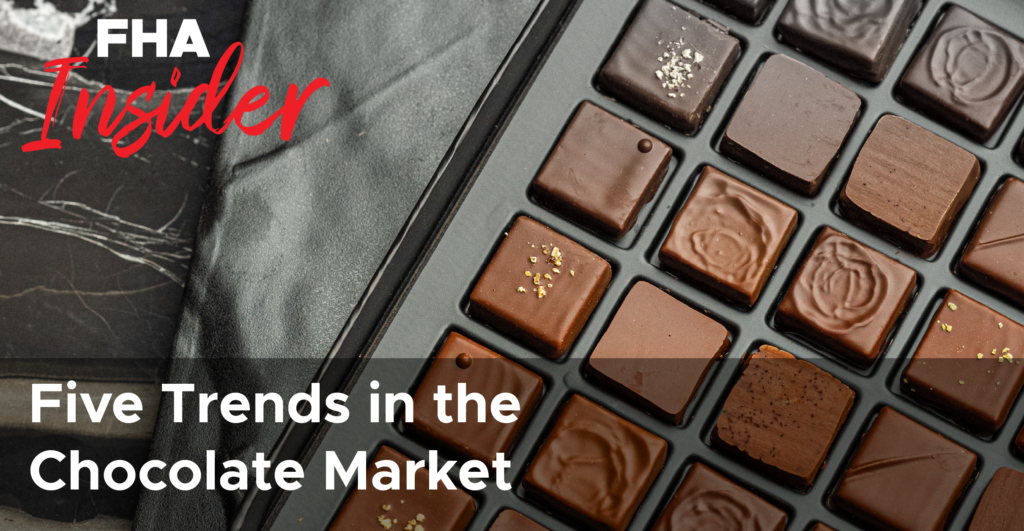
The chocolate confectionery market is estimated to be worth over 128 billion in global retail sales by the end of 2023, with volume growth of 1.9% CAGR to 2025, according to Euromonitor.
A Barry Callebaut report on top chocolate trends in 2023 and beyond highlights how changing consumer attitudes are influencing the chocolate confectionery market. In this article, we pick out 5 trends in the report.
- Healthier alternatives
With growing awareness of health and wellness, there is an increasing demand for chocolates and treats with low sugar or sugar replacements. In Asia, low/no sugar claims are the most important health claim influencing purchasing decisions. 80% of APAC consumers say they are actively trying to reduce or moderate their sugar consumption while 56% reported that they switched from traditional chocolate and confectionery to low sugar alternatives.
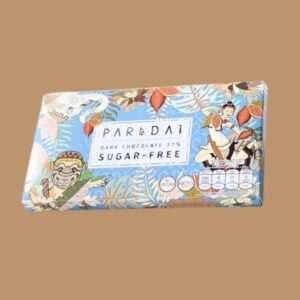
Thailand, PARADAi’s sugar-free dark chocolate
Crafted with 77% cocoa
2. Functional confectionery
Functional confectionery refers to a category of sweets and chocolates that are enriched with functional ingredients. These include vitamins, minerals, antioxidants, fiber, probiotics, and other bioactive compounds. Japan has the biggest and most developed functional food sector offering a wide range of innovative functional confectionery products.
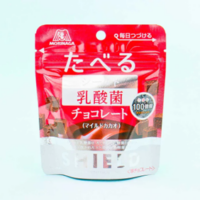
Japan, Morinaga Shield Lactic Acid Bacteria Chocolate Bites
Functional chocolate that can improve digestive health
Japan, Glico GABA Mental Balance Chocolate
GABA is known for producing a calming effect and play a major role in controlling anxiety, stress and fear.
3. Experimental flavours
Chocolate makers are experimenting with innovative ingredients such as exotic fruits, spices, and herbs to create new and exciting flavor combinations. More than 60% of APAC consumers prefer chocolate that has multiple textures and flavours. Furthermore, 1 in 2 APAC consumers find experimental and exotic flavors make a product more exclusive. Bold and experimental flavours appeal to an audience segment who want their sensory perceptions challenged.
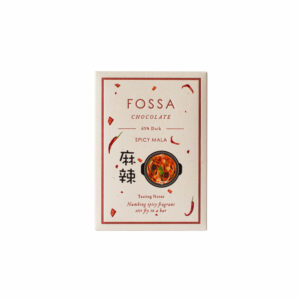
Singapore, FOSSA Spicy Mala Dark Chocolate
Inspired by the popular spicy mala stir fry pot dish, this dark chocolate bar contains spices like dried chilli, Sichuan peppercorn, cardamom, bay leaves, cinnamon, star anise, fennel seeds
4. Sustainable and clean labels
Consumers are increasingly drawn to brands that align with their environmental and ethical values. Therefore, the confectionery industry is moving towards greater sustainability by focusing on responsible sourcing of ingredients, eco-friendly packaging, and reduced waste. 7 in 10 consumers find sustainability claims important in chocolate categories and chocolates with clean labels to be more trustworthy. One growing trend in responsible sourcing is the tree-to-bar chocolate movement, where the chocolate maker grows the beans themselves and uses the same beans in their own products, allowing for a greater level of control over quality and flavour.
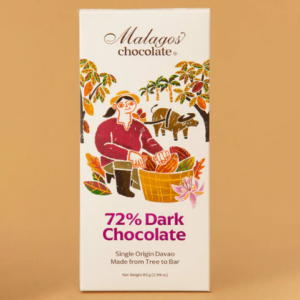
Philippines, Malagos Dark Chocolate Bar
Made with single-origin, quality Trinitario beans grown and processed on Malagos’ farms in Davao City, Philippines
5. Plant-based options
More than 50% of APAC consumers perceive that plant-based chocolates are healthier. The rise of plant-based diets have led to an increase in demand for confectionery products that are vegan-friendly. Manufacturers are substituting dairy with oat milk or coconut milk to cater to this growing consumer segment.

New Zealand, Whittakers Oat Milk Chocolate
Looking to expand your confectionery business into the Asian market?
FHA – Food and Beverage returns next year on 23-26 April 2024 at Singapore Expo. With a line-up of leading global suppliers, industry professionals can anticipate the most extensive showcase of trending F&B and hospitality products and solutions, cutting-edge technologies for food & drinks manufacturing, and more at the mega event. Contact us to get involved.

